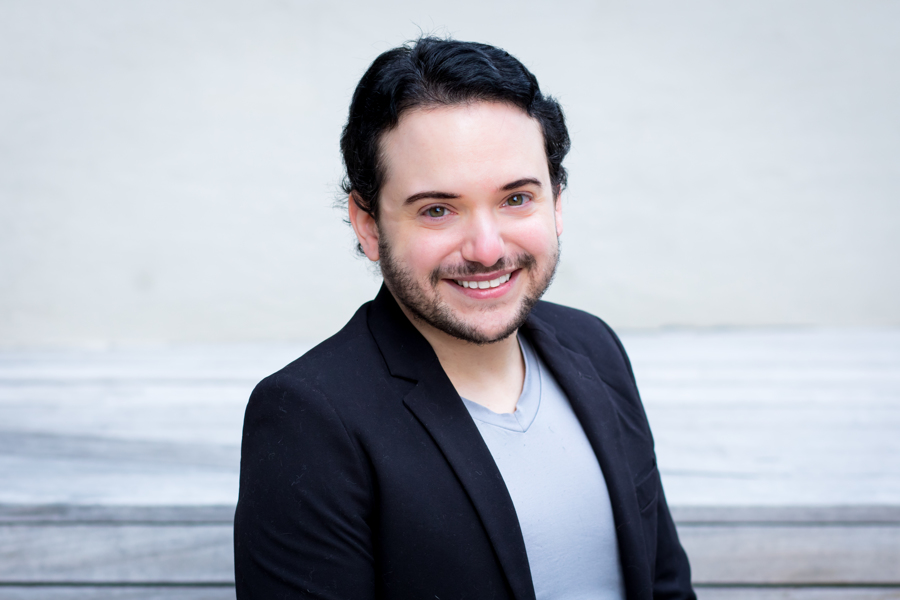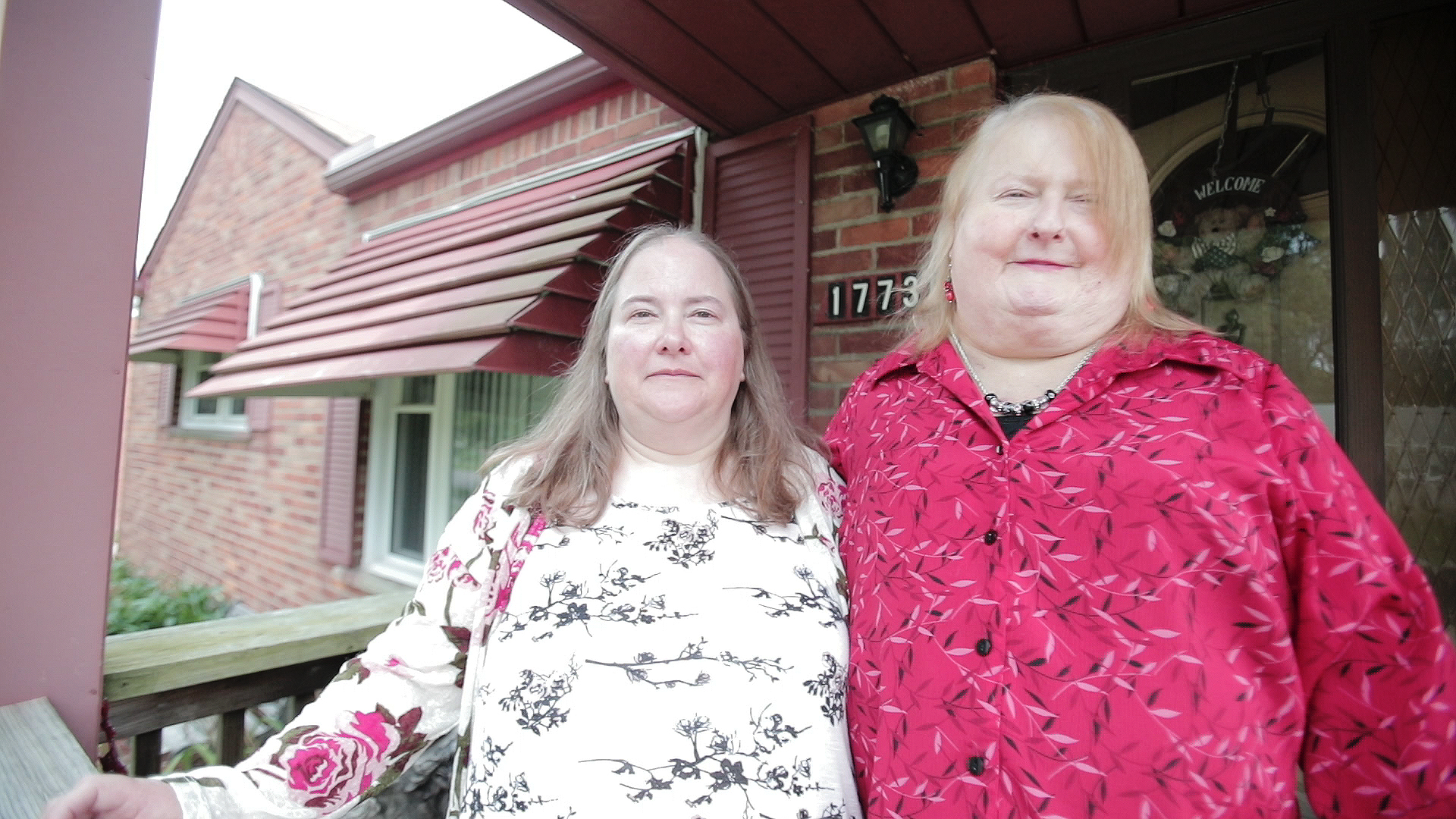Abortion rights, women of color, and LGBTQIA+ people are under attack. Pledge to join us in fighting for gender justice.
It’s Time to End Forced Sterilization—And Write a New Reproductive Equity Story by and for Disabled People

Just under a century ago this May, the Supreme Court handed down an infamous ruling upholding a Virginia law that allowed the forced sterilization of a woman named Carrie Buck. In doing so, it offered its full-throated approval for the ongoing mass sterilizations that were happening all over the country. During the heyday of the eugenics movement, nearly 70,000 people were sterilized against their will—mostly people who were, like Carrie Buck, disabled or perceived as such, and disproportionately Black and brown women.
The story that we’re told about forced sterilization—if we’re told the story at all—is that it was confined to that dark period in history, rising and falling with the popularity of eugenics. But the truth is that forced sterilization is far from a thing of the past. Laws allowing the forced sterilization of disabled people exist right now, all over the country. As we revealed in a 2022 report, the majority of states—31 plus Washington, D.C.,—have laws in place allowing the forced sterilization of disabled people today.
These laws aren’t eugenics-era relics still kicking around from a hundred years ago. These are newer laws, ones that have been enacted well into the 21st century—some as recently as 2019.
Under today’s laws, a judge can order the sterilization of a disabled person without their consent. It doesn’t matter if that person doesn’t want to be sterilized, or even if they have no idea they’re about to be sterilized. These laws give judges the power to put that all aside and make decisions for disabled people, supposedly for their own good.
Some claim that today’s laws are different from the eugenics-era ones—that today’s laws force disabled people to be sterilized in order to help them. But this belief, this notion that disabled people’s rights should be taken away for their own good, is based on many of the same narratives that fueled forced sterilizations in Carrie Buck’s generation. It echoes the brutal assumptions that many disabled people can’t—or shouldn’t—make decisions about their bodies and parenting, that the government is justified in taking their choices away to protect disabled people from themselves.
Let’s be clear: No matter how its rationale gets dressed up, forced sterilization is state-sanctioned violence against disabled people. It is a violation of our bodies, our rights, our dignity, and our ability to make some of the most basic decisions, all with the seal of approval of the state.
The story these laws tell about disabled people is long overdue for an overhaul. So as we mark Disability Reproductive Equity Day this May, we as disabled people are telling a different story about our lives—a story that affirms that we all can make our own decisions about our bodies, including about sterilization, and we all deserve to get any supports we may need to make those decisions. It’s a story that recognizes the value of our lives, our autonomy, and our power to determine our own futures.





